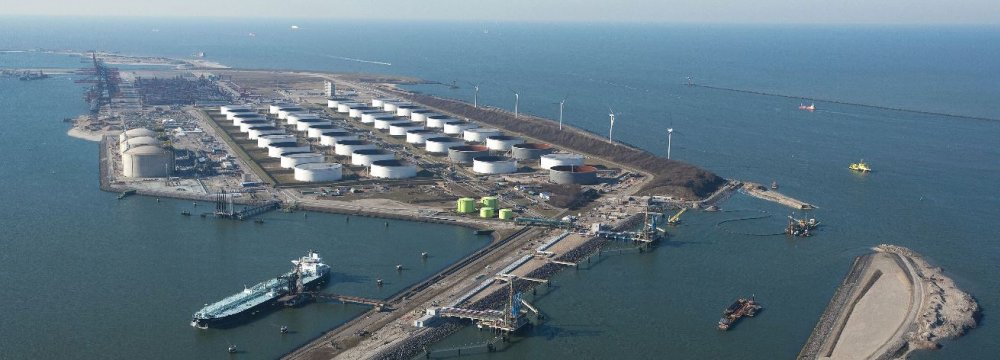The liquefied natural gas market is growing every year, but the terminals that ship and receive the fuel are shrinking.
The booming sector’s next-generation infrastructure is being designed for emerging-market buyers that want smaller volumes on shorter, more flexible contracts, Reuters reported.
LNG export terminals, where the gas is liquefied and pumped into vessels for shipping, have traditionally been massive, custom-built facilities that cost tens of billions of dollars. And so to justify the investment, they have typically required equally massive, long-term supply deals, often lasting a decade or more.
Numerous terminal projects on the horizon, by contrast, are new modular-style designs built to snap together like Legos, allowing for small- to mid-scale liquefaction or regasification plants that can be expanded if and when demand grows.
The first next-generation liquefaction plant is under construction in the US state of Georgia and is expected to begin operating mid-year.
These facilities, with far smaller liquefaction units—known as trains—are more consistent with market conditions, said John Baguley, chief operating officer of Australia-based LNG Ltd, which has proposed mid-scale LNG plants in the United States and Canada. The new designs reflect a maturing market with a more diverse base of customers that will drive future growth.
In 2008, the average contract was for 18 years and more than 2 million tons per annum. By 2016, it had dropped to less than eight years and less than 1 million tpa, with new buyers in emerging markets like China, India and Pakistan seeking flexibility due to market uncertainty.
"These new buyers are fueling small utilities and industrial users such as fertilizer plants and factories," said Alfred Moujaes, Houston president for Atlantic, Gulf and Pacific Company. The firm is building small, modular plants for LNG buyers who need to convert the liquefied fuel back to a gas form after shipping.
"Typically, such markets will be small at first, but the hope is that demand will grow as additional customers convert to LNG. The modular plants allow terminals to grow with the market," he added.
Demand for liquefied natural gas, or LNG, has taken off in recent years as it is cleaner than oil or coal, and abundant supply has driven its price sharply lower.
Overall global consumption of LNG rose to 33.1 billion cubic feet per day in 2016, about 10% of total natural gas usage. It is expected to grow by 75% by 2027, according to the US Energy Information Administration.











Add new comment
Read our comment policy before posting your viewpoints